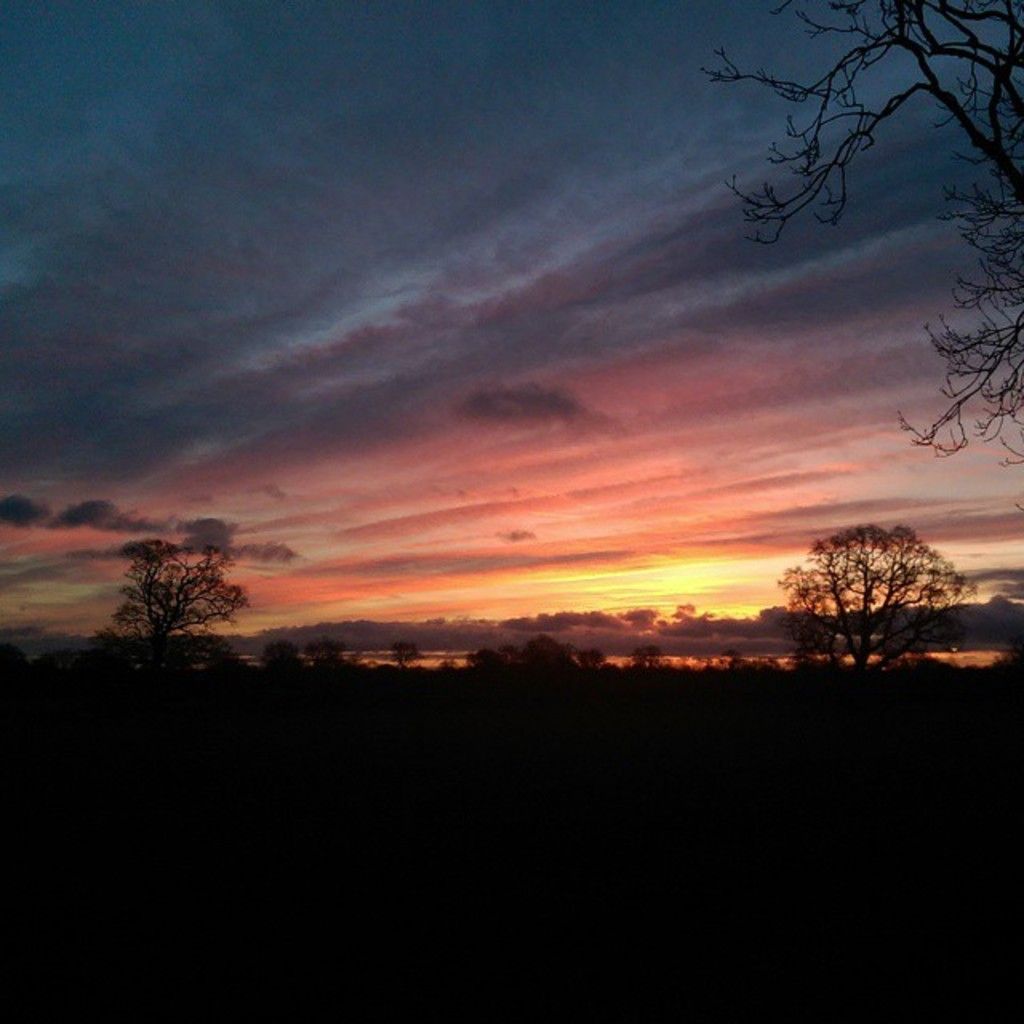Life Perspective from the View of a Raven or a Crow
Curious about what's buzzing inside the minds of ravens, crows, jays, and magpies? For a long time, scientific norms confined us to wondering rather than exploring animal consciousness. But thanks to trailblazers like Donald Griffin, that era is long gone.
These intriguing feathered creatures are nothing short of "feathered apes" in terms of their surprising intelligence, making a once popular insult now a compliment. In our latest research, we delved deep into what the world might be like from their perspective, examining five dimensions of their experience: behavior, cognition, brains, emotions, and consciousness.
Their eyes boast sharp resolution, allowing them to navigate while flying at high speeds and spot potential food sources. Their hearing is exceptional, allowing them to distinguish reliable from unreliable group members by assessing and remembering their alert calls.
Corvids also have a good sense of smell that they use to help find food they've hidden—though we still don't know exactly how that compares to other animals due to a lack of studies.
Emotional lives
Corvids exhibit cognitive biases, similar to humans. They experience negative moods and show signs of pessimism when observing similar states in others. But they also show positive moods after successfully employing tools—much like humans. Neophobia, or a wariness of new objects, is also common among these birds, and they seem to be culturally wary of strangers—a trait humans share.
Although it's common to attribute emotional lives only to mammals, corvids challenge this notion, illustrating the need for more detailed studies into the emotional experiences of birds.
Split consciousness
Humans have a unified stream of consciousness, thanks to the corpus callosum—a structure that connects the two brain hemispheres. However, birds lack this structure, leading to specialist brain halves with different tasks. Although it was once thought this might mean their experience is split into two selves, recent findings suggest a kind of partial unity unique to their kind.
Perhaps their consciousness is more like that of split-brain human patients who have had their corpus callosum severed to reduce the effects of seizures. When presented with images in their respective left and right visual fields, these individuals will draw what they see on the left side with their left hand, while verbally describing what is on the right—giving the appearance of two selves occupying the same body.
Consciousness across time
Corvids exhibit remarkable abilities in their sense of self across time. Because they often hide food (called "caching"), they can remember not just where they hid food, but also what kind of food it was and how long ago they hid it—which is crucial for more perishable foods such as insects, compared to longer-lasting nuts.
These birds can even plan, collecting and storing tools they anticipate needing for future use.
In all of this, there is still uncertainty. Learning about the minds of other animals requires a great deal of inference from sparse and often ambiguous data. However, we believe that there is scientific evidence for rich conscious experiences in corvids. For most species, it's a lack of research—not a lack of capacity—that keeps us silent on what their subjective experiences are like.
This research also has implications for corvid welfare. Understanding what the world is like for an animal means understanding what feels good and bad for them. Giving them tools could provide enriching experiences, their social abilities mean they should be housed in groups, and their cautious nature suggests novel objects should be introduced slowly.
Overall, scientific evidence supports the notion that corvids experience rich conscious lives, rivaling those of many mammals and challenging traditional views of animal consciousness.
The fascinating world of corvids, including ravens, crows, jays, and magpies, extends beyond their physical abilities in fitness-and-exercise and health-and-wellness. Their cognitive abilities suggest a complex emotional life, with signs of mood management, neophobia, and social wariness that challenge the notion that emotional lives are restricted to mammals (health-and-wellness).
In terms of science, corvids also exhibit a unique glimpse into consciousness, differing significantly from humans due to their lack of a corpus callosum. This leads to a 'split consciousness' unlike that of any other animal, reminiscent of the experiences of split-brain human patients (science).








